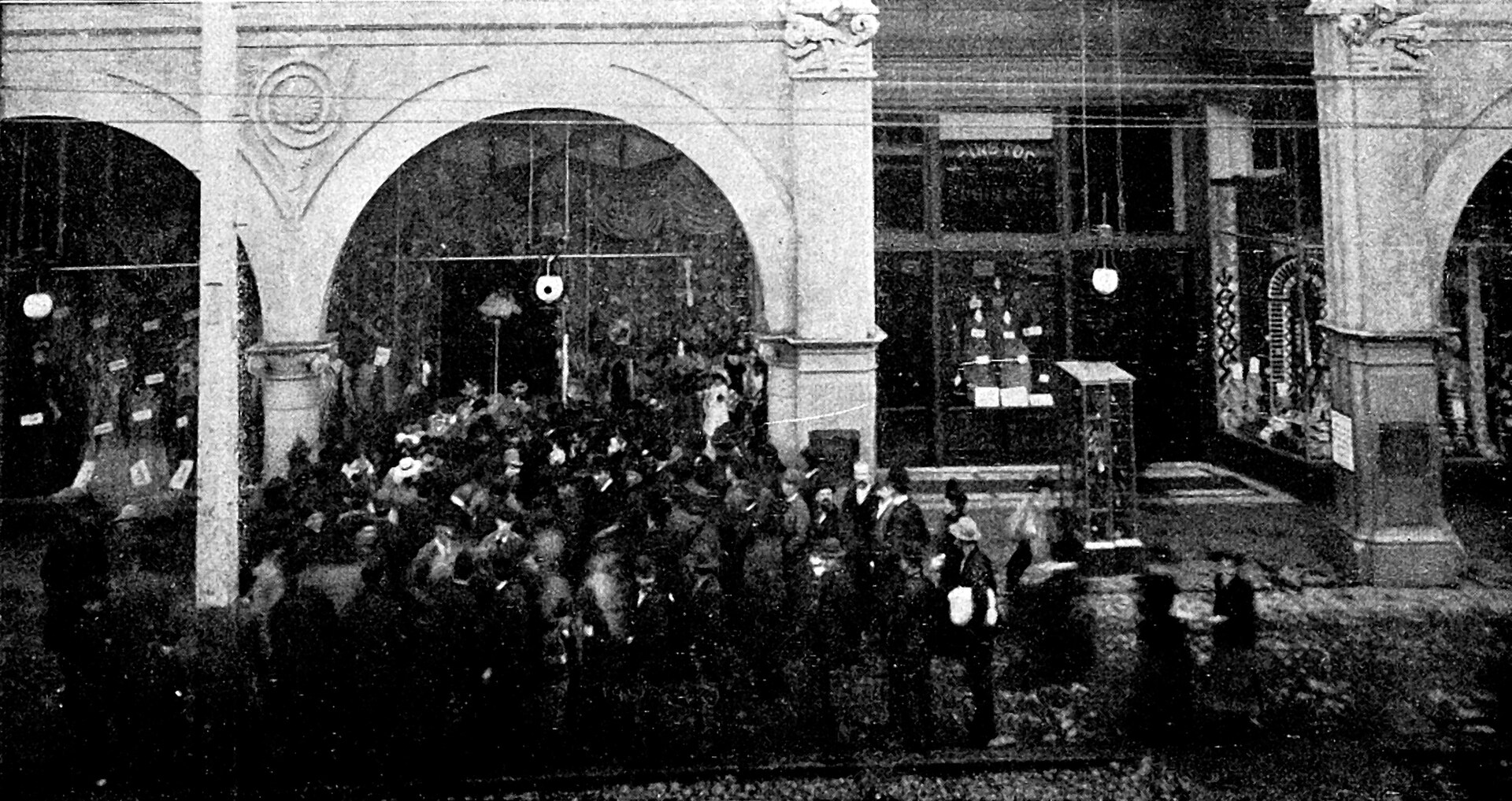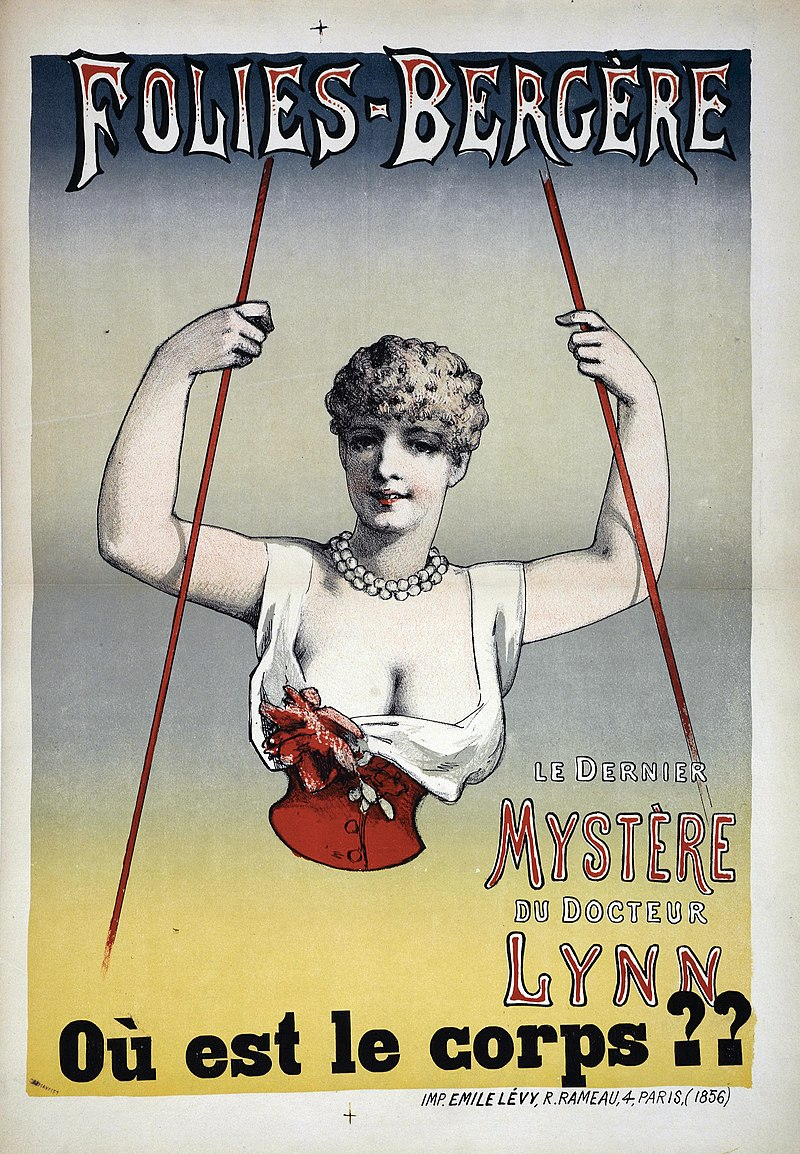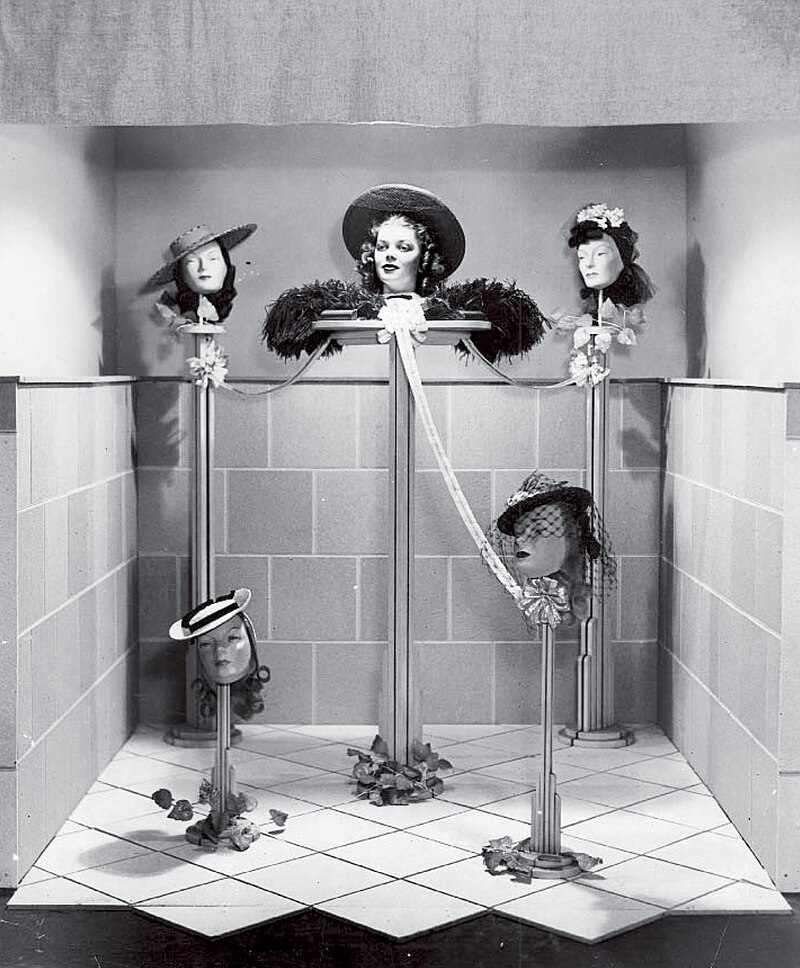created 2025-07-02, & modified, =this.modified
tags:y2025invisibility
rel: Clockwork Music by Arthur WJG Ord-Hume Survey of Invisibility
Vanishing Lady
Magical Disappearance of a Lady at the Théâtre Robert-Houdin was a 1896 French silent film trick directed by Georges Méliès.
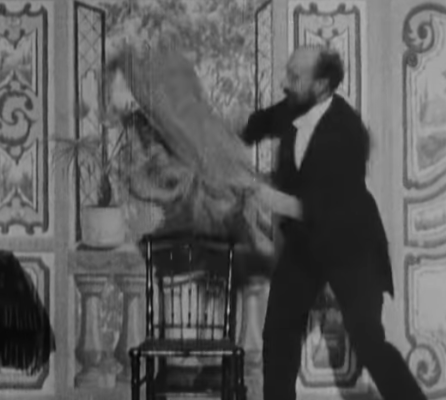
It features Méliès and Jehanne d’Alcy performing a trick in the manner of a stage illusion, in which D’Alcy disappears into thin air. A skeleton appears in her place before she finally returns for a curtain call.
He would claim to have invented the technique of the splice independently, after his camera accidentally became jammed, but probably developed it after seeing a rudimentary version in The Execution of Mary Stuart. The substitution splice became fundamental special effect in his oeuvre.
Vanishing Lady Illusion
rel: Elevator Music by Joseph Lanza Department Stores and The Origins of American Broadcasting 1910-1931 By Ronald Arceneaux
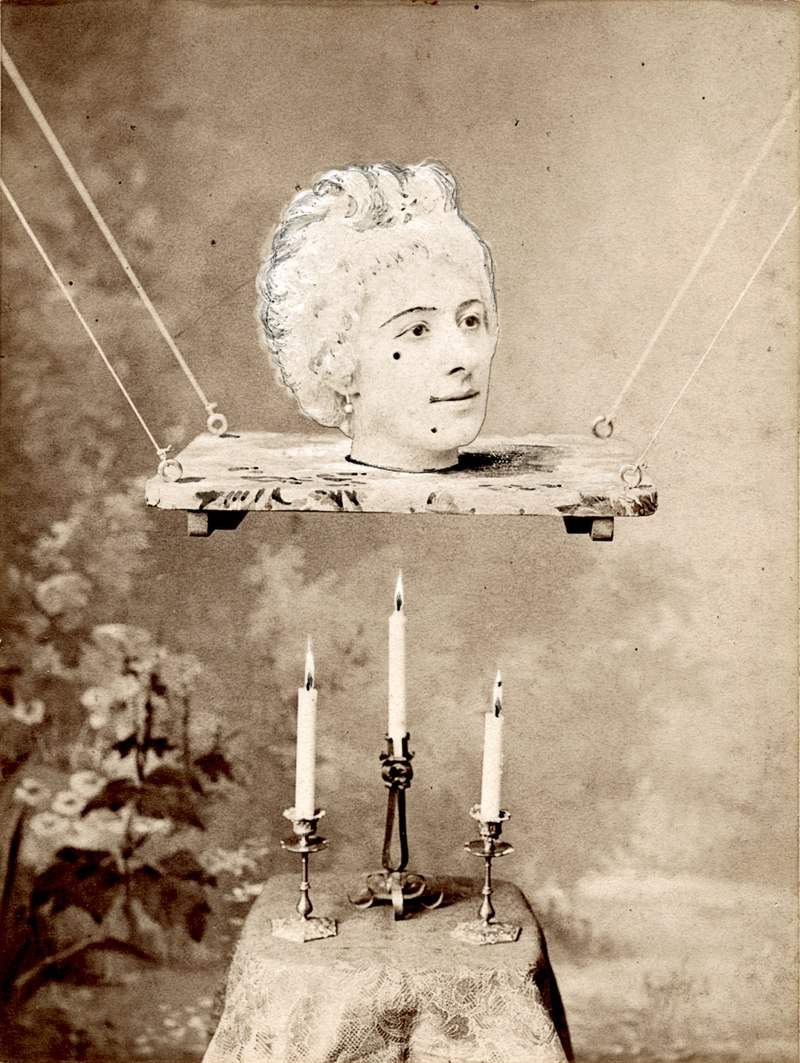
Thought
Curtain as illusory/invisibility. The stage trapdoor too. All aid in invisibility.
The vanishing lady illusion is a window display created by Charles Morton for a Sacramento department store in 1896.
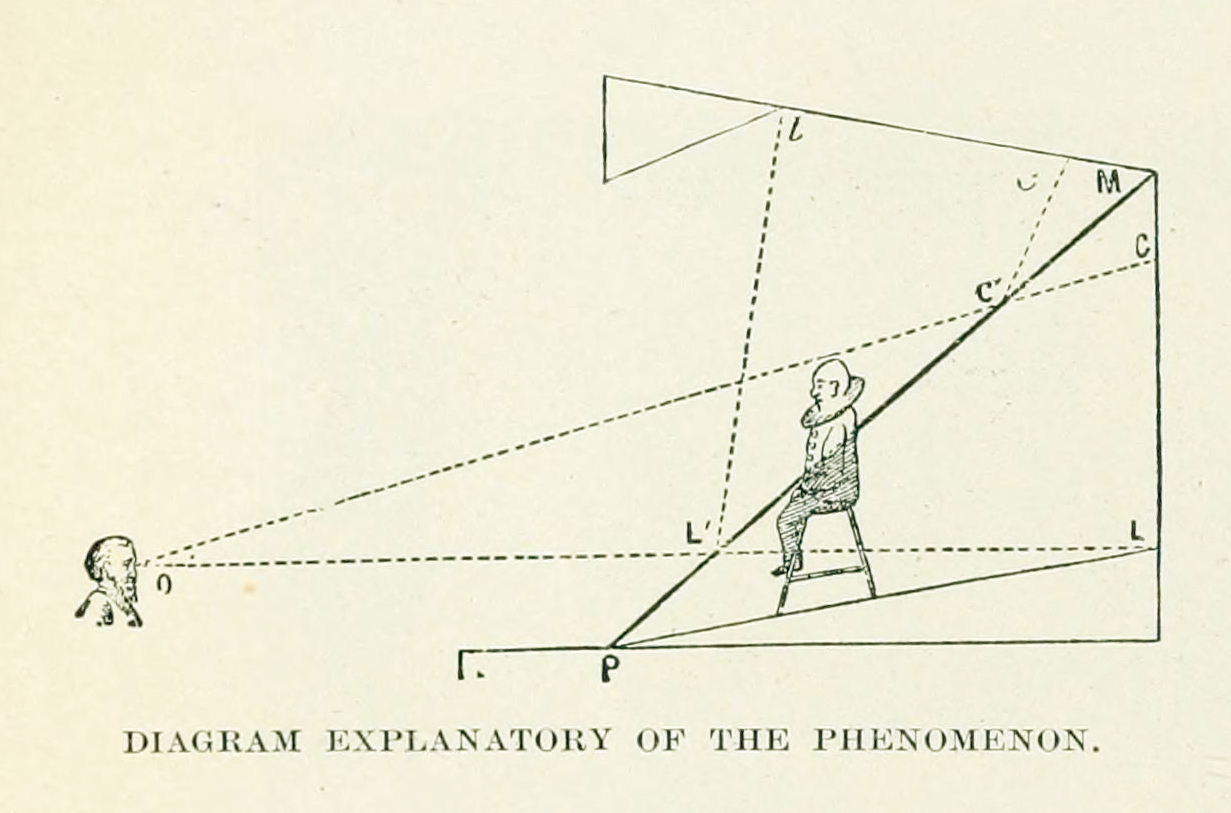
A woman appears above a pedestal, then seems to disappear inside it, onto the reappear wearing a new outfit. The illusion relies on the deliberate placement of mirrors.
This convergence indicates the technical exchange that existed at the time between the performing arts, cinema, and shop window design. It raises the question of whether the consumers of urban spectacle at the time were naive or fascinated by the processes used
Before 1885, there were few widow displays as there was poor lighting, glass quality and concern that showcasing products would have undesirable effects.
This changed in 1890, where window displays, especially in department stores became designed. Mirrors made appearances, allowing the illusion of abundance through multiplication of goods.
The shop windows of this period were perceived as veritable stages, on which the drama of social life was portrayed, due to their representation of social life and a new urban identity. This led shopkeepers to draw inspiration from the mechanical means used by the theater. The analogy with theater is made by the frequent use of curtains, which are raised in the morning to allow a view of the display and lowered in the evening.
Theatrical tools such as trap doors became used in showcase hatches.
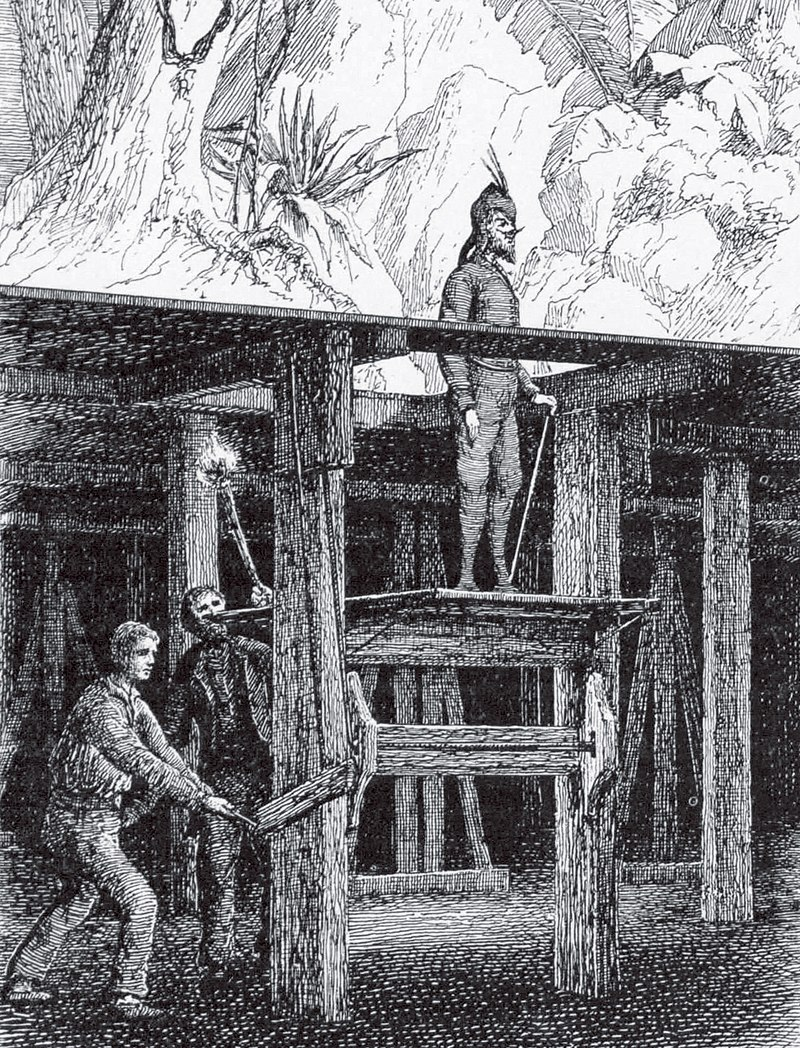
Spectacle of handkerchief at Marshall Field’s.
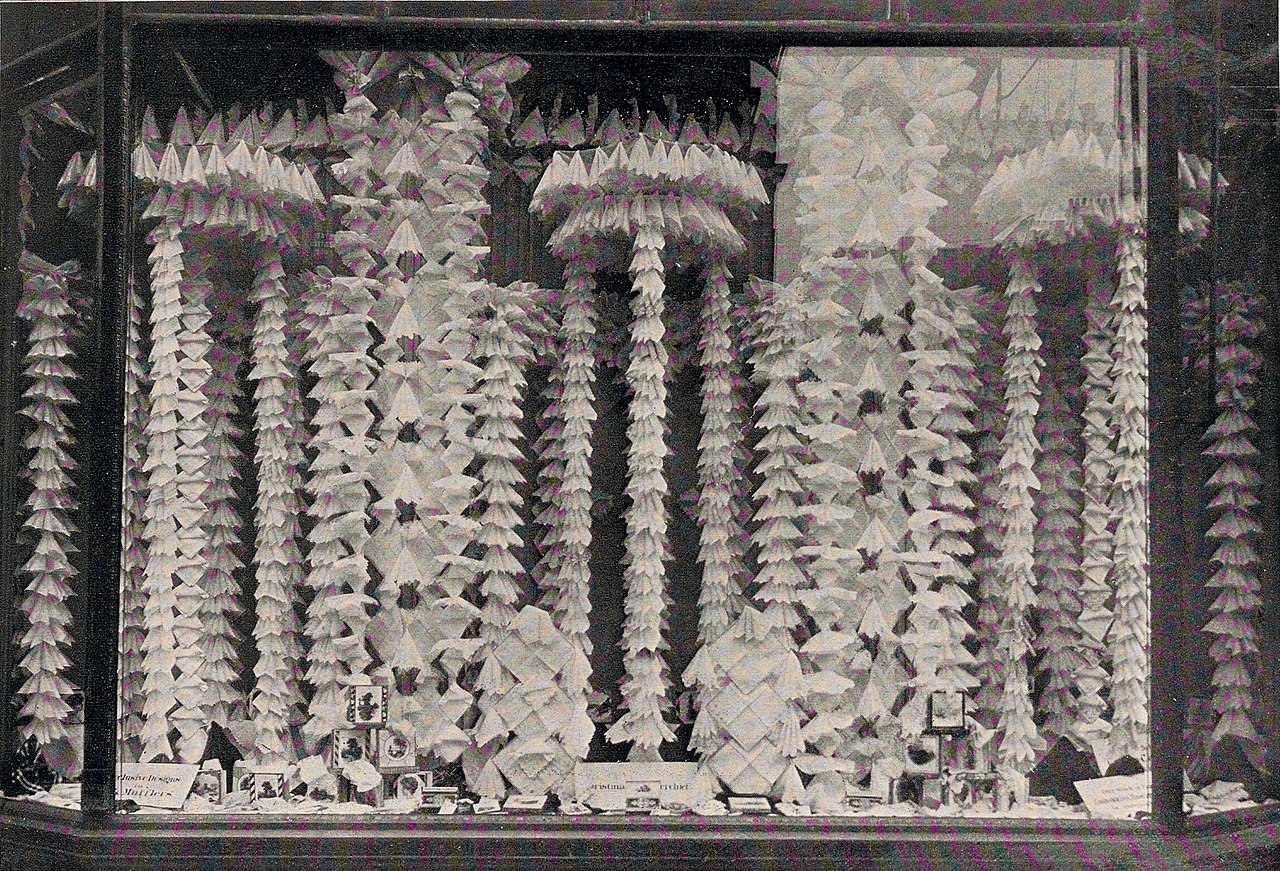
Baum
“Clever and observant window dressers have found that the secret of successful window displays is to have a mechanical device in the background that attracts attention, and then to present the products in such an ingenious way that people notice their excellence and want to buy them.”
According to Baum, one of the best ways of attracting shoppers’ attention is to present an illusionary centerpiecein the window.
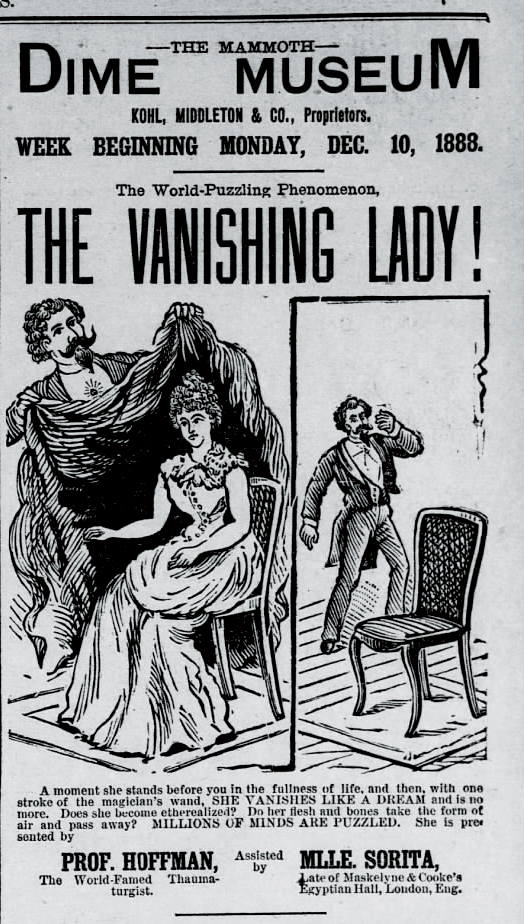
Baum gives the example of this illusion
“It consists of a beautiful young woman whose lower body is invisible to the spectators and whose upper body seems to rest on a pedestal and have an independent existence. The effect of the illusion is very striking. It is produced in a very simple manner: A wooden pedestal is arranged according to the diagram [opposite], the upper part consisting of a hollow bowl resting on a solid pilaster and a sufficient portion of the upper part of the bowl being cut away, so as to allow the young woman who is part of the illusion to stand behind the pilaster and [in appearance] in the upper part of the pedestal.”
Two mirrors and the optical principle where the angle of reflection if equal to the angle of incidence; two mirrors inclined at 45º reflect the side walls so as to hide the center part.
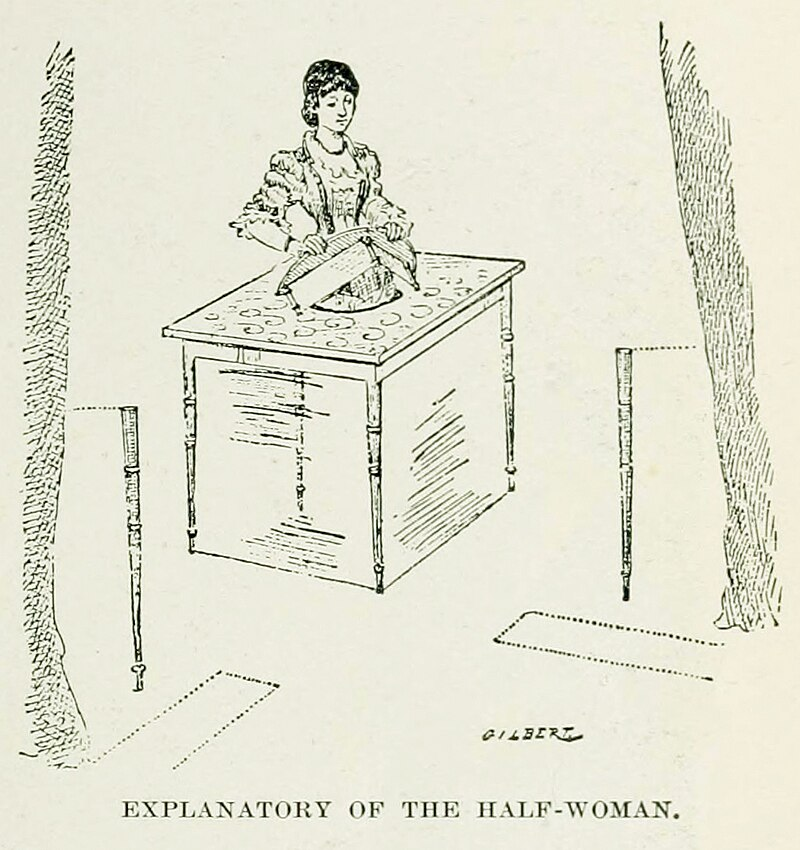
Crowd admiring the vanishing lady in a storefront window (1898)
